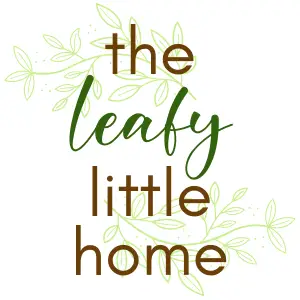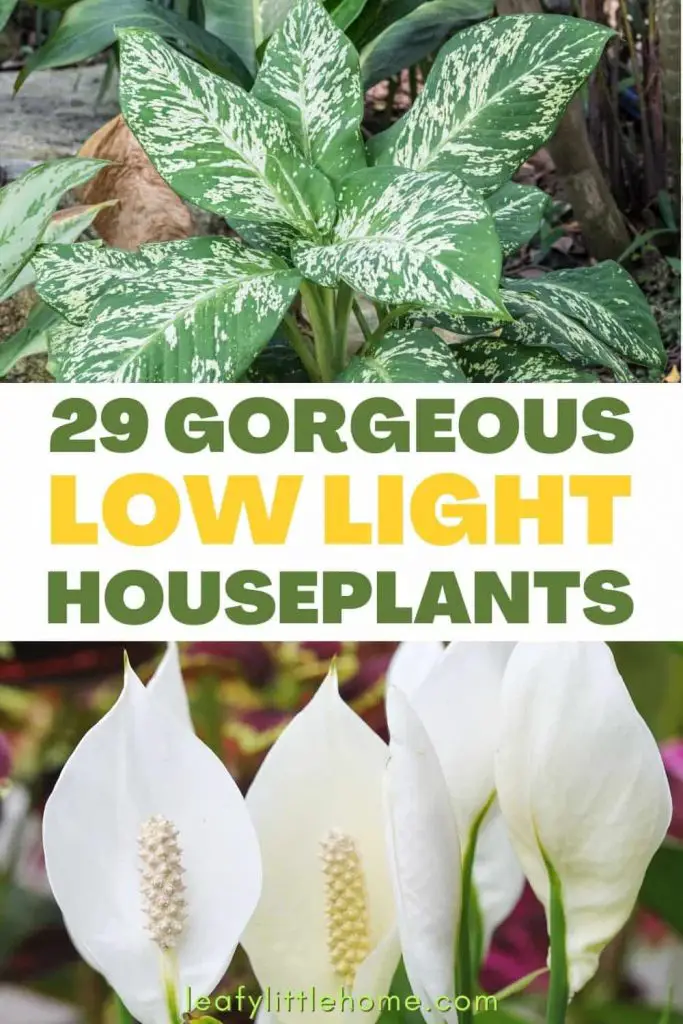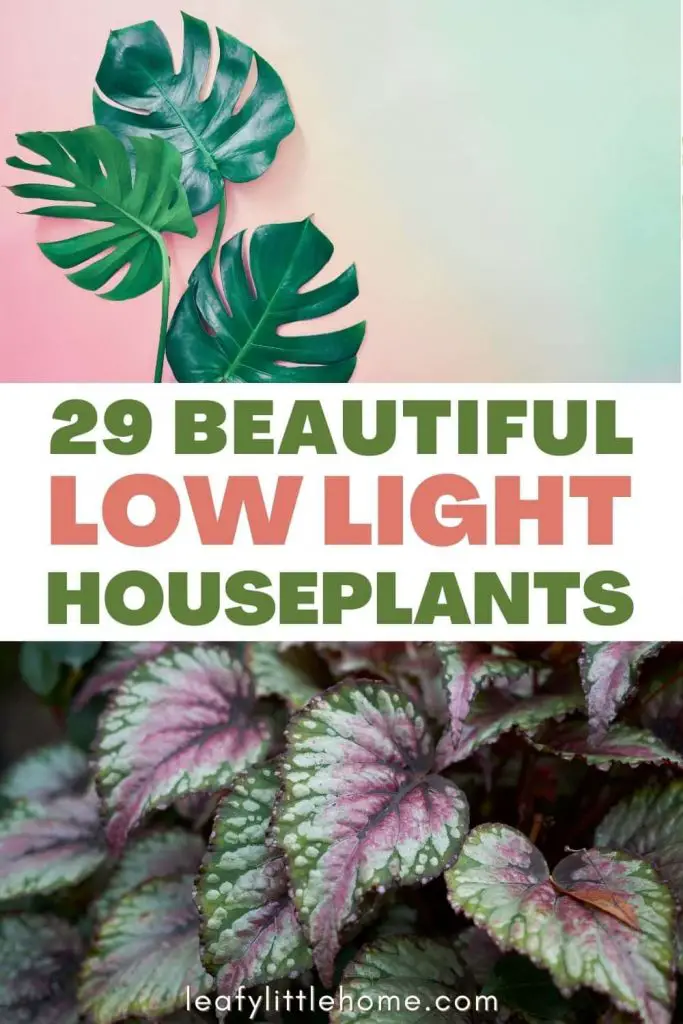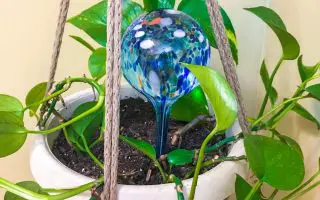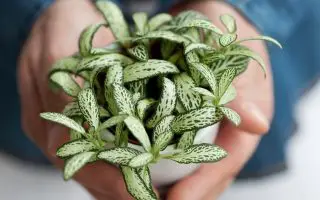Have you been avoiding adding houseplants to your home décor because you’re worried they won’t get enough light? Here are 29 houseplants for low light areas of your home or office.
All plants need light, so remember that low light doesn’t mean no light! A houseplant won’t last long in a windowless bathroom without a consistent source of light. (Read to the bottom for my secret tip on how to keep a houseplant in a room that’s often dark!)
Low light conditions mean that a plant is situated far from a window but isn’t in darkness, or is in an area with artificial light. Plants need light to produce energy, so very few plants will truly be at their best in low light. However, these low light houseplants often survive in shadier corners and fluorescent-lit offices.
Arrowhead plant (Syngonium podophyllum)
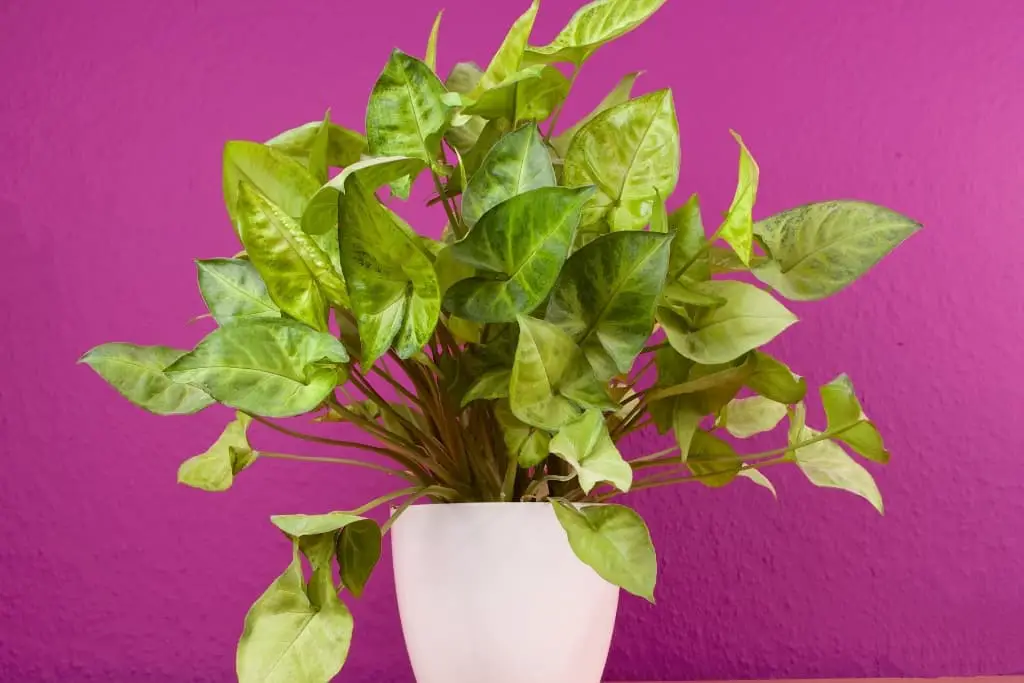
Arrowhead plants are super low light tolerant, and can grow in just about any area of your home that gets at least a little indirect light. However, arrowhead plants with vibrant color patterns can tend to lose their unique markings in low light conditions.
Baby rubber plant (Peperomia obtusfolia)
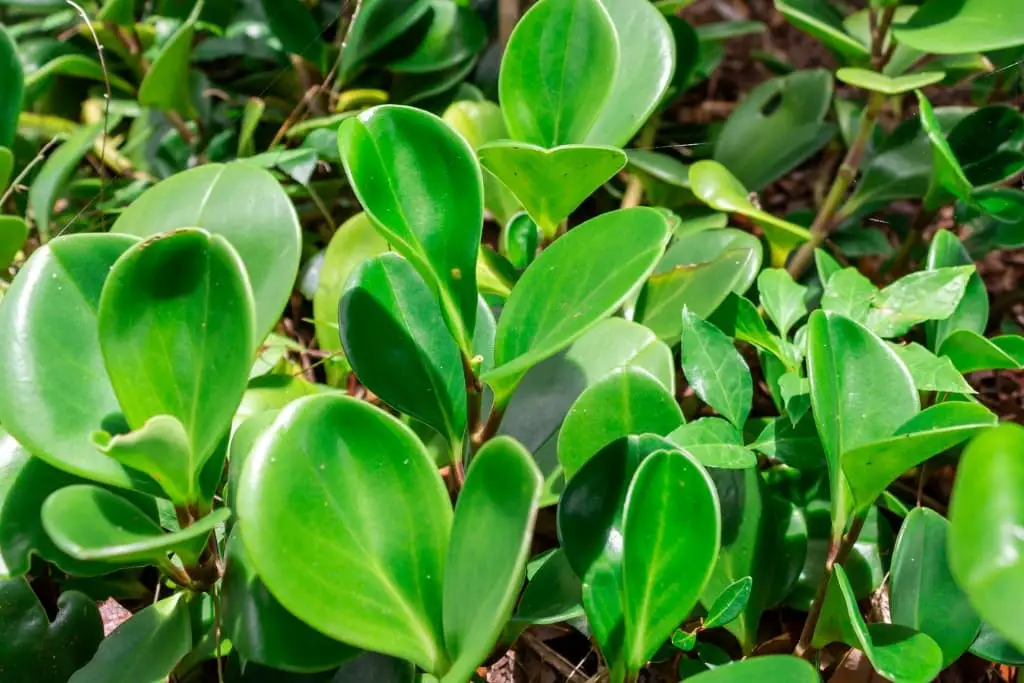
The baby rubber plant’s thick, glossy green leaves make it an appealing small houseplant. Although Peperomia prefer brighter indirect light, they can tolerate low light conditions. Choose a plant with solid green leaves, as variegated varieties will often lose their coloration in low light.
Begonia Rex
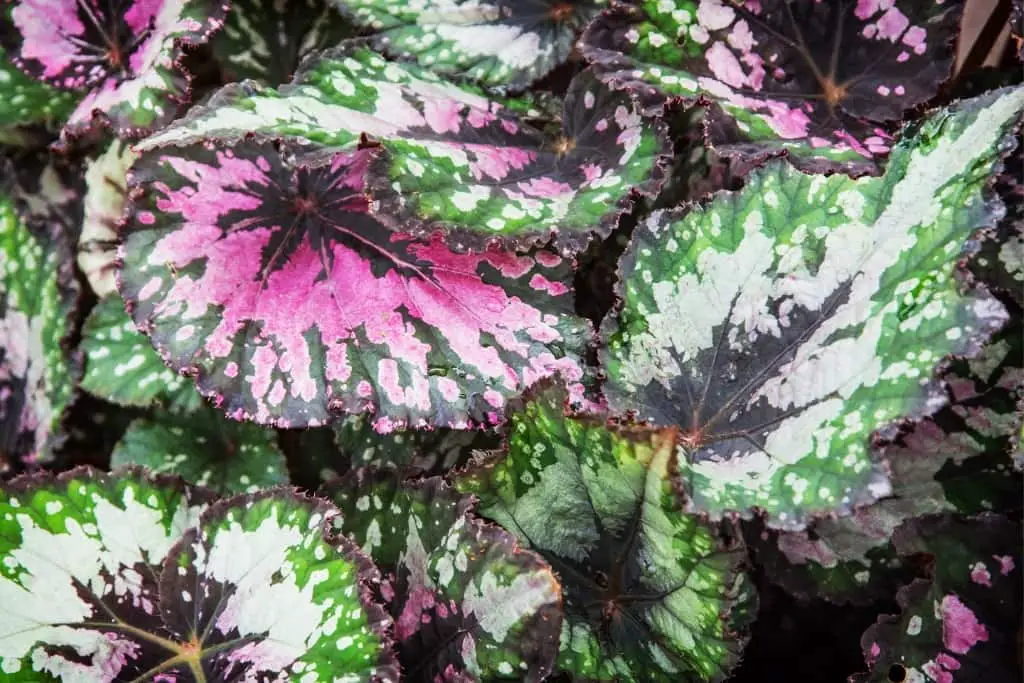
The rex begonia is a showy plant that’s grown for its interesting leaf shapes and colorful leaves, although it does also produce flowers. Begonia Rex is a trickier plant to grow, but it can often tolerate low light conditions. Newcomers to caring for houseplants might want to try a different tuberous begonia—many of them can be grown in low light.
Bird’s nest fern (Asplenium nidus)
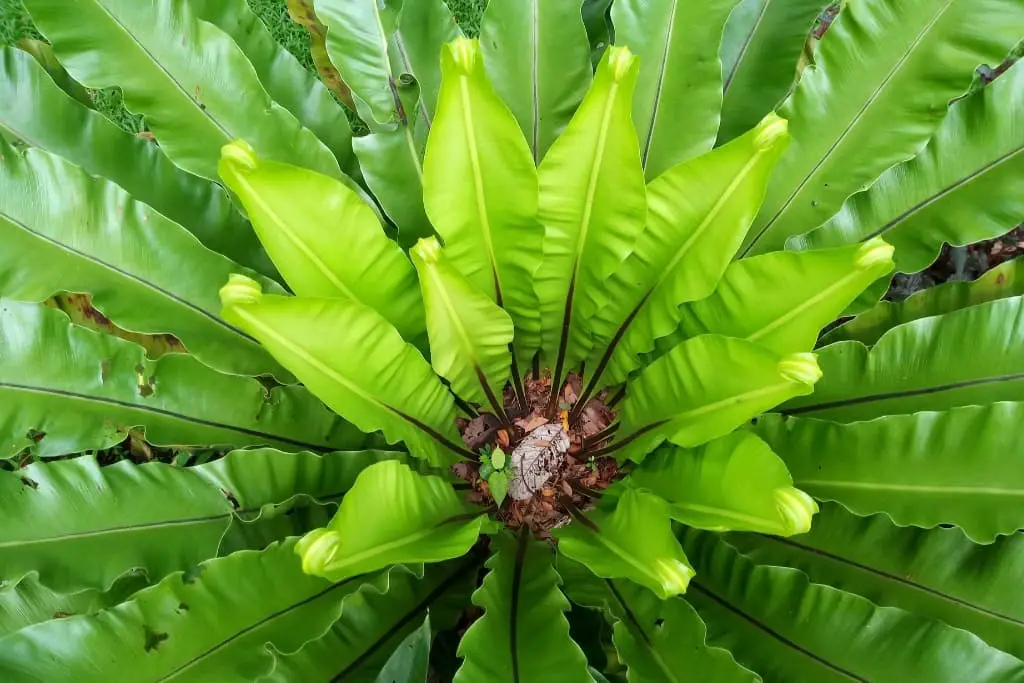
Bird’s nest ferns like low to medium indirect light, although a little bit of morning sun is fine. Too much sun can scorch the foliage. This plant’s unique crinkly leaves tend to flatten out in lower-light conditions.
Bromeliad Guzmania
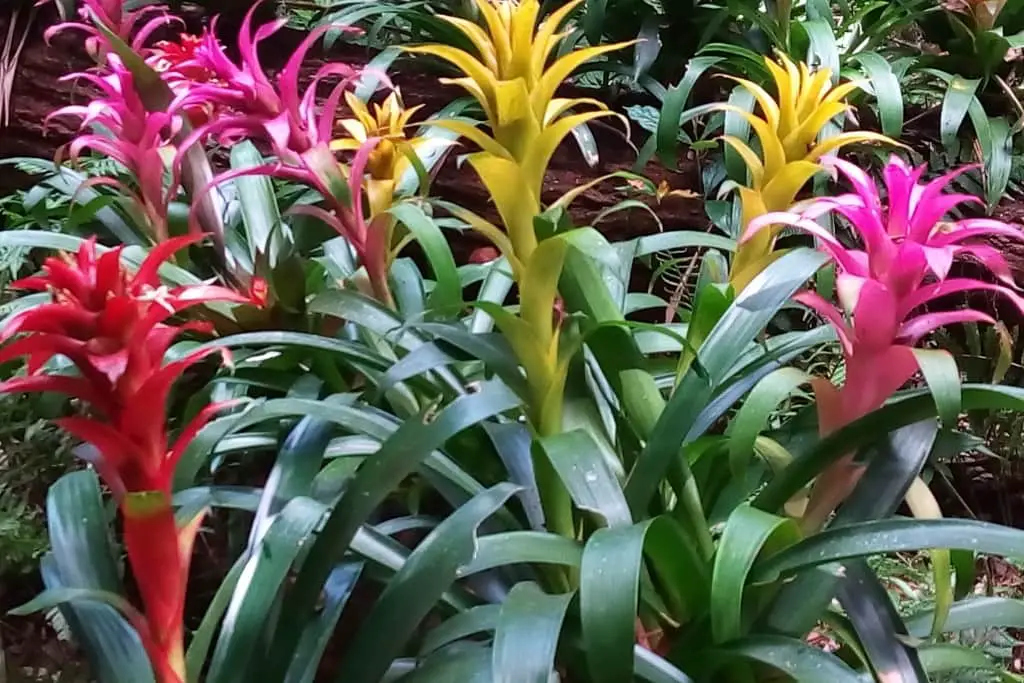
This colorful bromeliad features colorful bracts in shades of red, pink, yellow or orange. Bromeliads like humidity, but don’t require much light. These beauties can actually survive in just fluorescent light!
Cast iron plant (Aspidistra eliator)
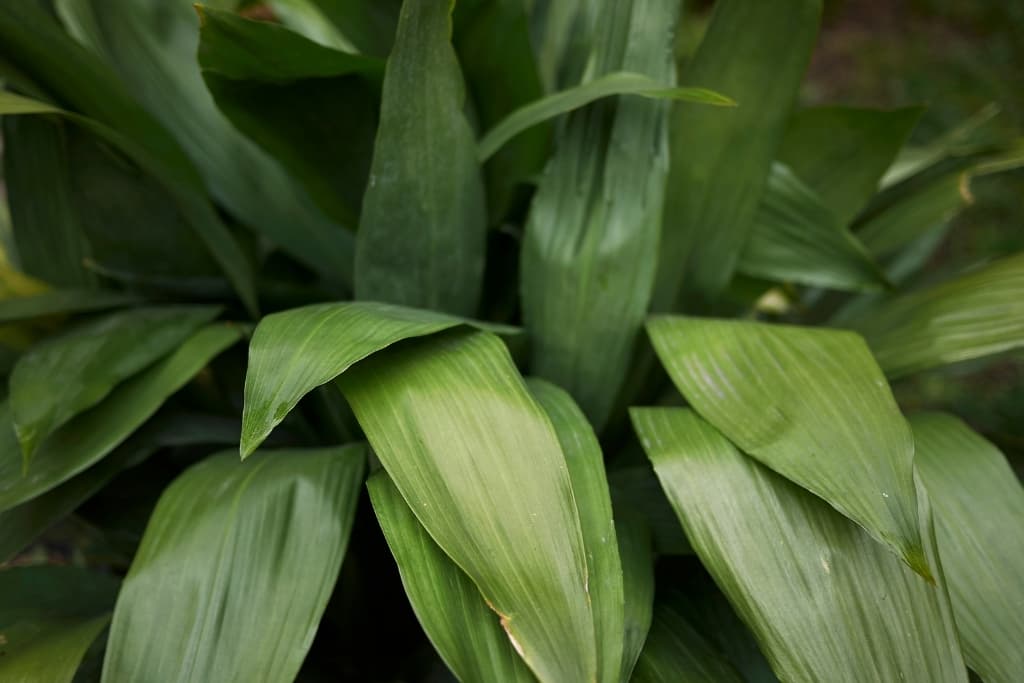
The cast iron plant is named for its near indestructibility, making it an easy low-light plant for beginners. Aspidistra eliator can grow in nearly any light condition, except full sun or darkness. This plant is a slow grower, but can live for many years, even decades, as a houseplant.
Chinese evergreen (Aglaonema)
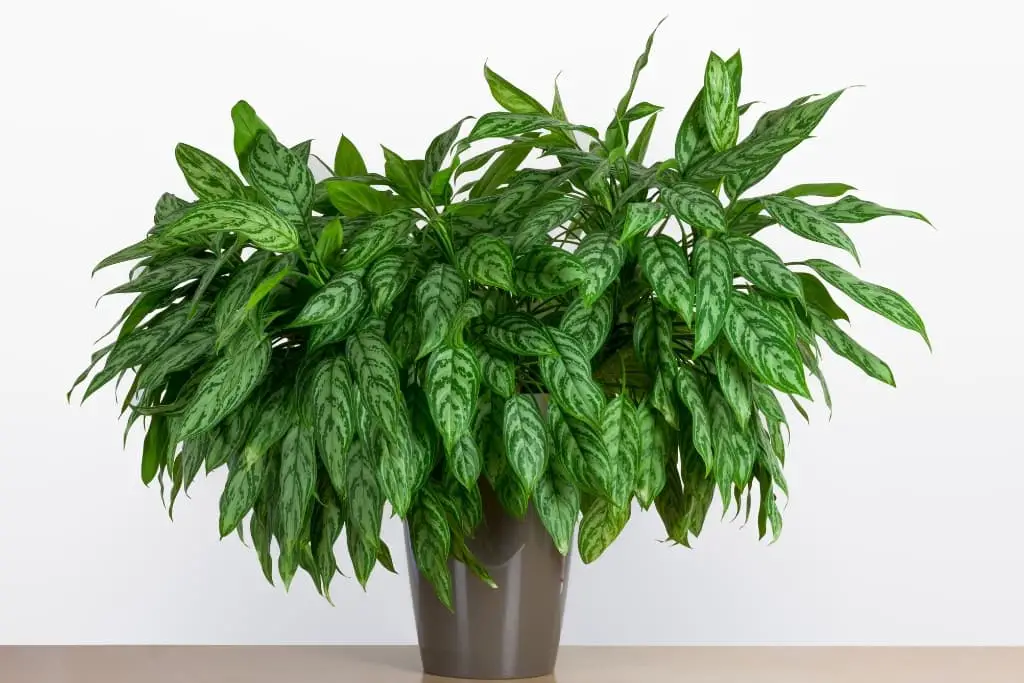
Aglaonema does well in low to medium light or indirect sunlight. Although Chinese evergreens prefer warm, humid conditions, they’re a very durable plant and can survive in less than ideal conditions.
You may also like: 11 Easy Houseplants for Beginners
Corn plant (Dracaena fragrans)
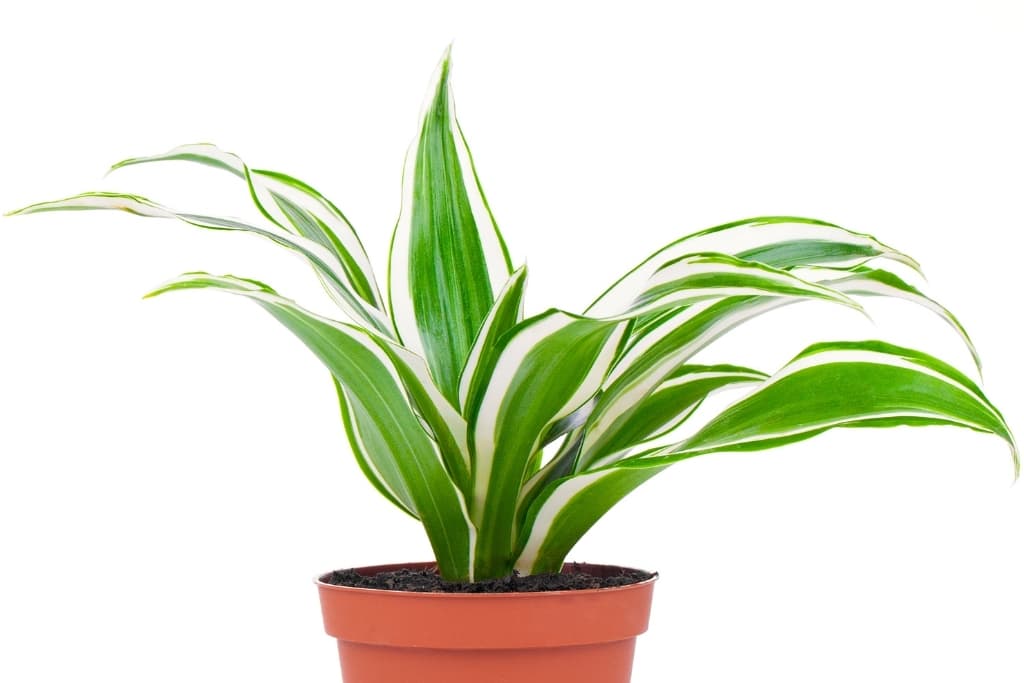
The corn plant is very flexible with its lighting preference. It can do well in various light conditions, from low light up to bright, indirect sunlight. In low light, corn plants tend to grow slowly and produce deeper green leaves.
Dieffenbachia
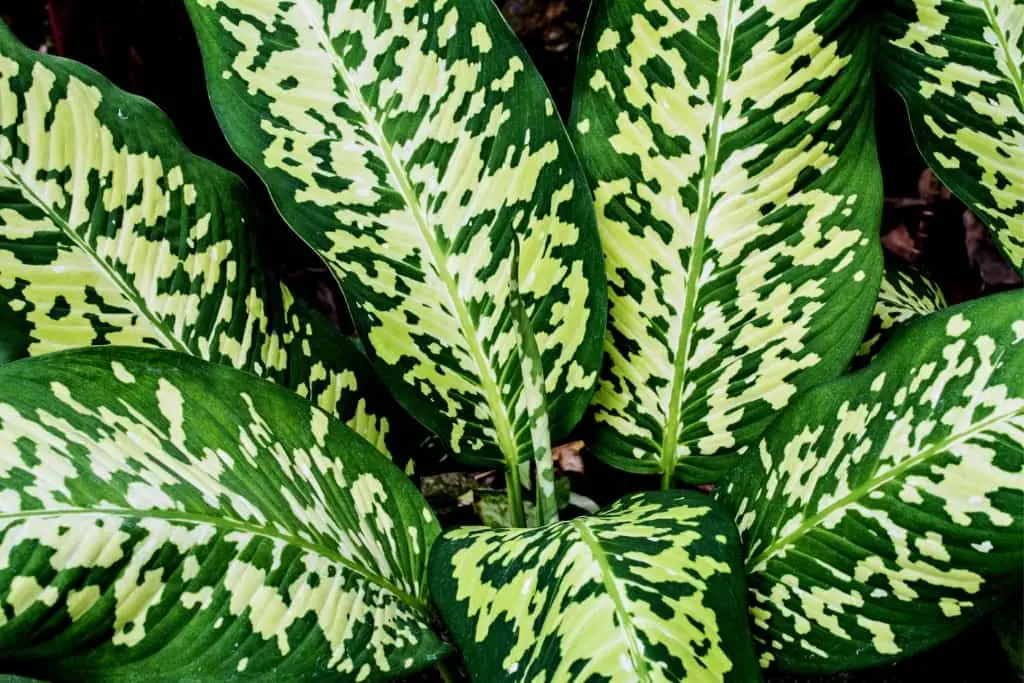
Most varieties of Dieffenbachia can tolerate low light conditions, but some prefer filtered, indirect sun. Dieffenbachia can also acclimate to fluorescent lighting, making it a good choice for an office plant.
Dragon tree (Dracaena marginata)
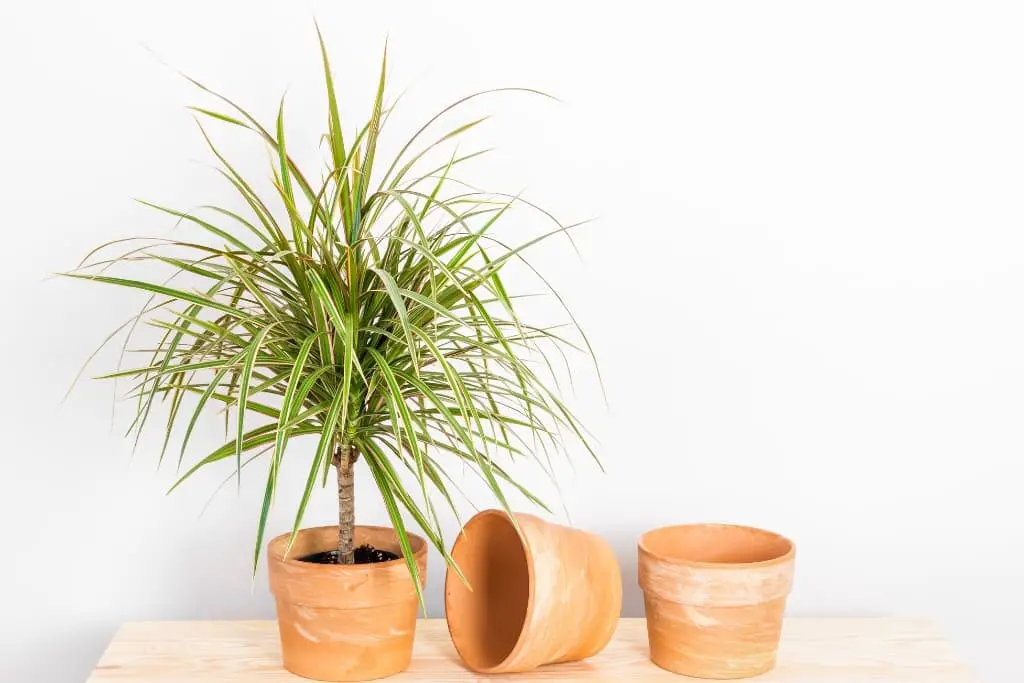
Dragon trees prefer bright, indirect light, but will also tolerate dimmer light. Your Dracaena’s growth will be slower in low light conditions—but bear in mind that this tree can eventually reach up to 20 feet (6m) tall.
Dwarf umbrella tree (Schefflera arboricola)
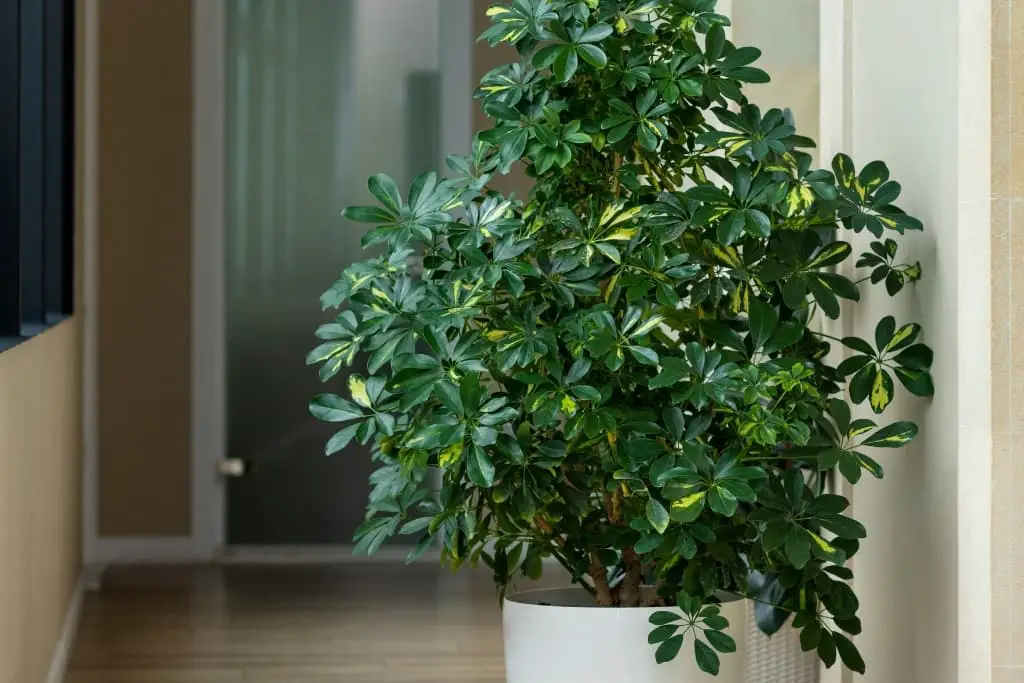
The dwarf umbrella tree grows up to 3-4 feet (1-1.2m) tall indoors, and features leaf clusters that resemble little umbrellas. Although umbrella plants prefer bright, indirect light, they can tolerate medium to low light conditions. These plants may grow a bit more slowly and become leggy in lower light.
Heart-leaf philodendron (Philodendron hederaceum)
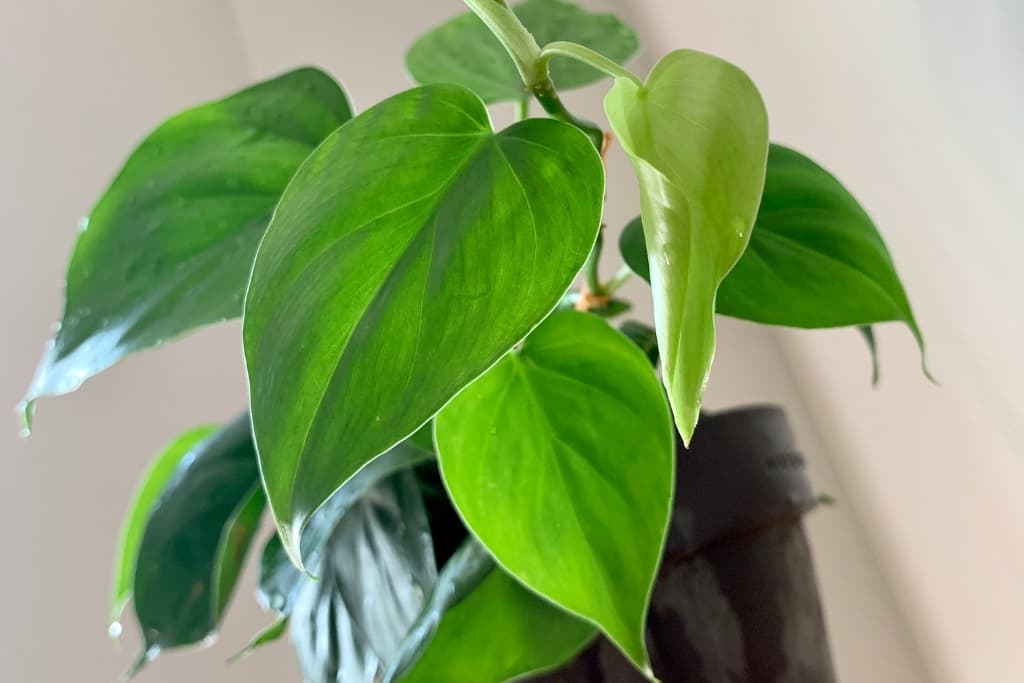
Heart-leaf philodendron’s lush trailing leaves make it a popular houseplant in hanging baskets, or climbing up a pole. Philodendrons, especially the heart-leaf variety, can tolerate low light conditions. Avoid the variegated varieties, as they tend to revert to solid green in low light.
Lucky bamboo (Dracaena sanderiana)
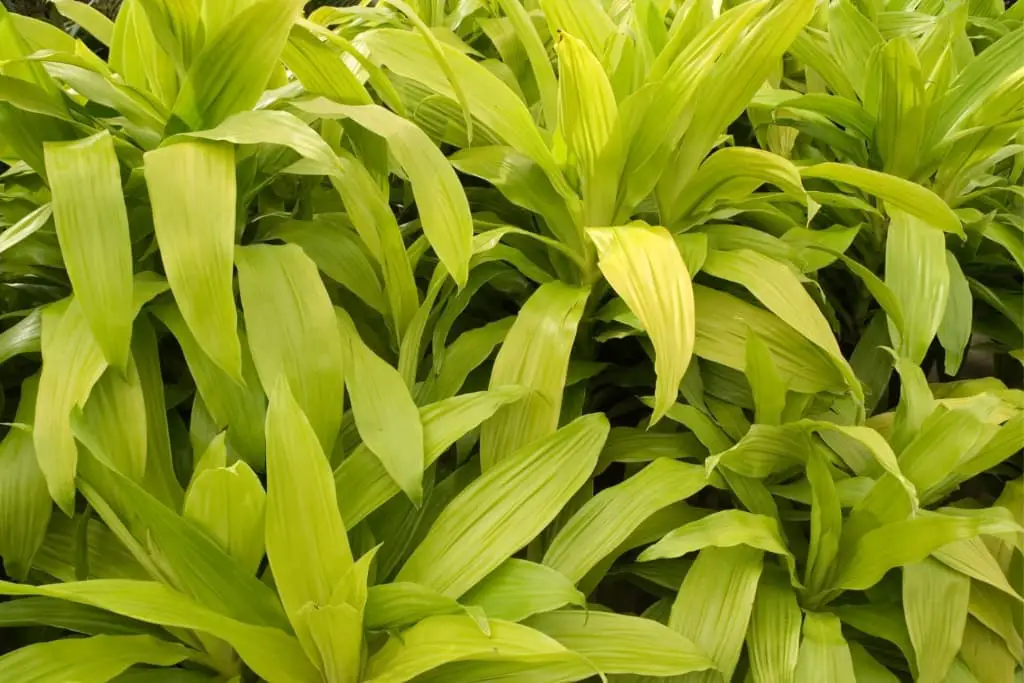
Lucky bamboo isn’t bamboo at all, but its woody stalks do resemble true bamboo plants. Dracaena sanderiana can be grown in soil, or in just water. This plant prefers brighter filtered light, but will often tolerate lower light conditions.
Braided money tree (Pachira aquatica)

Also known as the Guiana chestnut, the braided money tree plant is fabled to bring its owner good luck and prosperity. This houseplant prefers indirect light, and can grow in lower light conditions.
Monstera Deliciosa
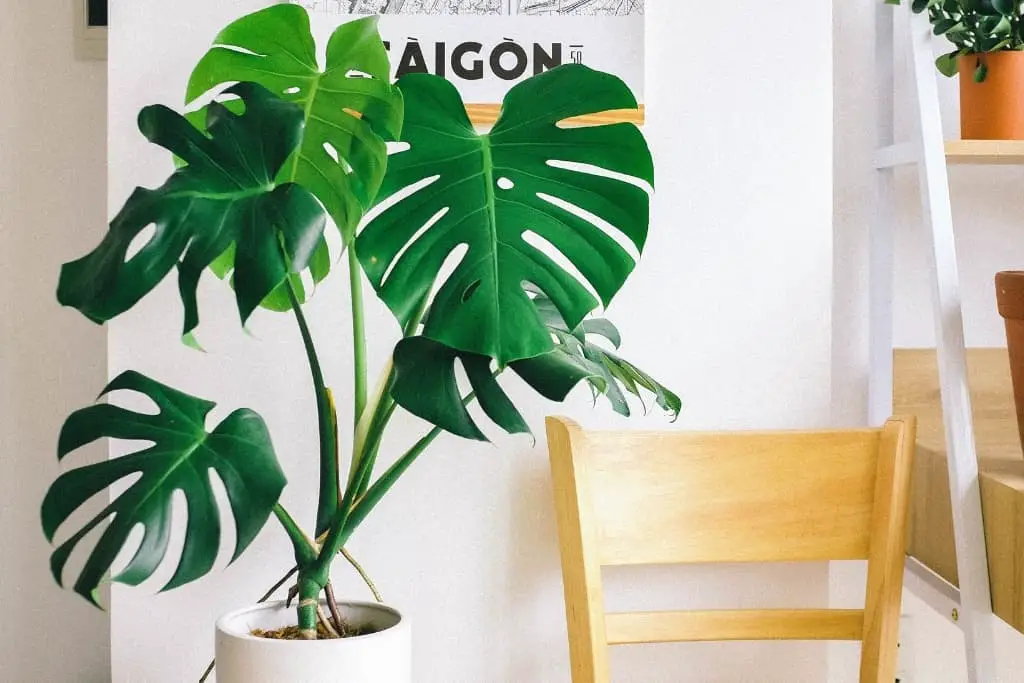
Monstera deliciosa are prized for their large, glossy leaves with natural splits known as fenestrations. Although monstera will grow faster and larger in brighter indirect light, they can still survive in lower light as long as you water them correctly. Consider using a humidifier if your home has low humidity to help your monstera thrive.
Nerve plant (Fittonia)
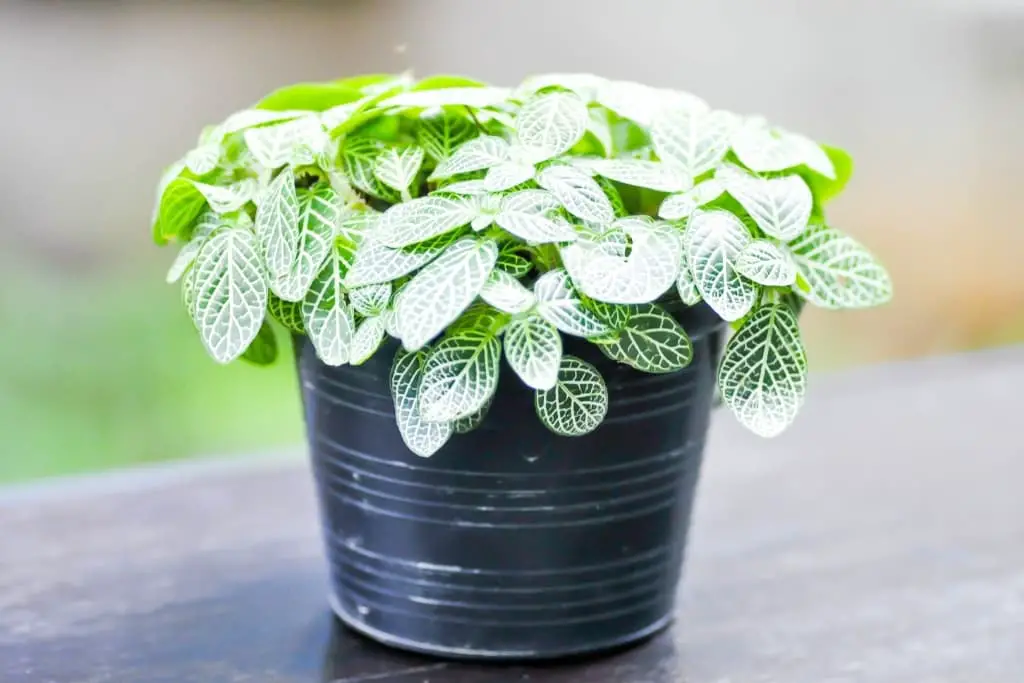
Sometimes called a mosaic plant for the red, pink, or white veins running through its leaves, the nerve plant does best in medium to bright indirect light. Fittonia can live in lower light, but the leaves may lose some coloration and the plant won’t flower.
Parlor palm (Chamaedorea elegans)
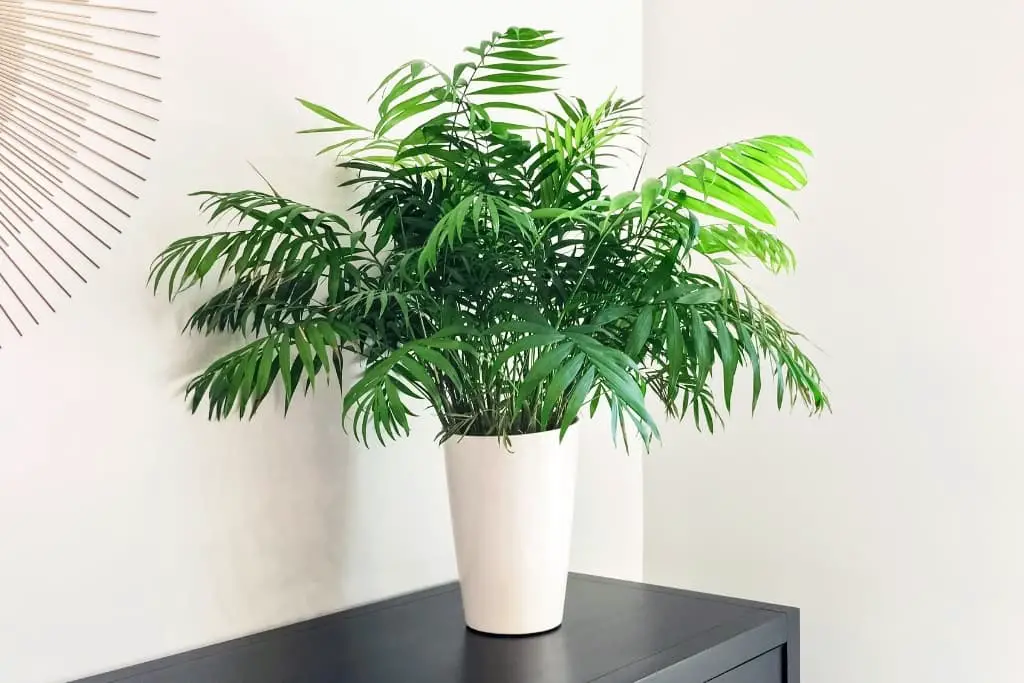
A favorite in Victorian era households, the parlor palm is easy to grow and actually prefers low light conditions. This slow-growing plant will do well in a darker corner, although it can also thrive closer to a window. Just be sure not to place it in an area that receives direct sun.
Peace lily (Spathiphyllum)
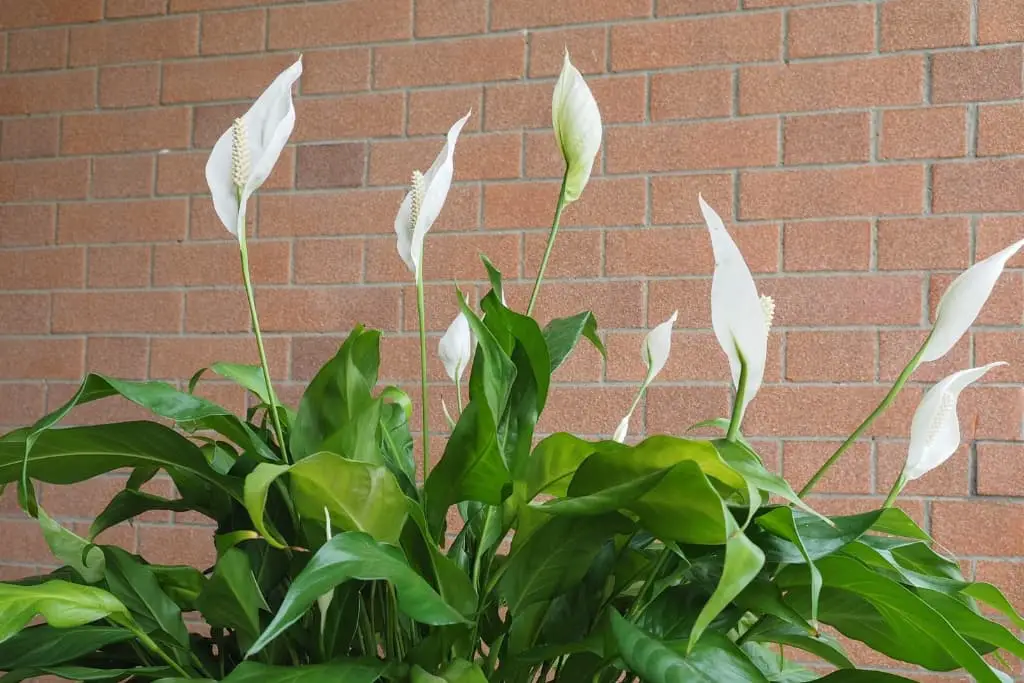
Spathiphyllum’s creamy white blooms and shiny leaves make it a popular houseplant. Plus, it’s easy to care for! Peace lily will grow in low light, and may even survive with just fluorescent lighting. However, without brighter indirect light the plant won’t flower.
Ponytail palm (Beaucarnea recurvata)
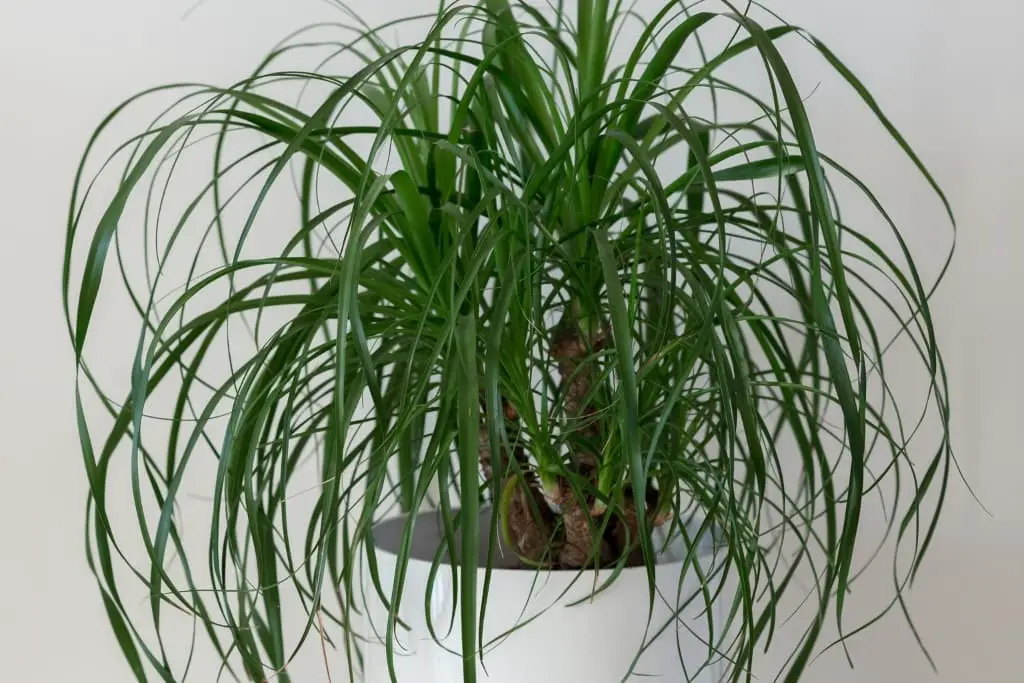
Ponytail palm’s masses of thin fronds give it the appearance of a plant with a wild hairdo. This succulent (it’s not actually a palm at all) needs bright light for most of the year. However, you can keep it outside during the warmer months, then move it to low light indoors for the winter.
Read more: How to Water Succulents in Containers
Pothos (Epipremnum aureum)
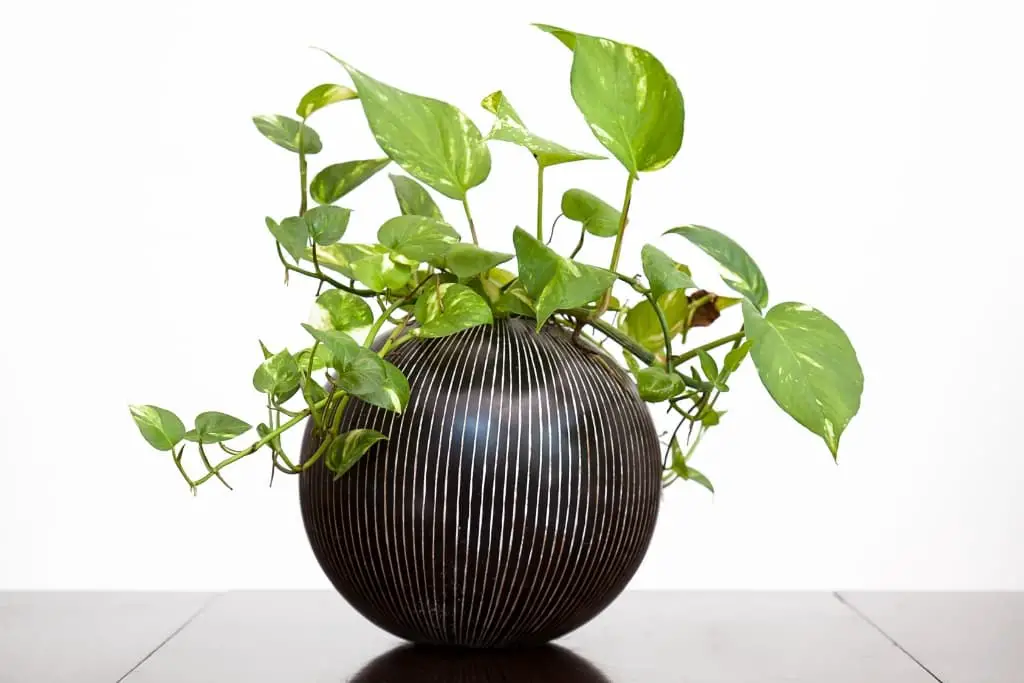
An easy-care trailing vine, Pothos looks fantastic in a hanging basket or climbing up a moss pole. Pothos thrives in medium to high indirect light, but will tolerate low light conditions. Darker green, non-variegated varieties are your best choice for low light areas.
Rattlesnake plant (Goeppertia or Calathea lancifolia)
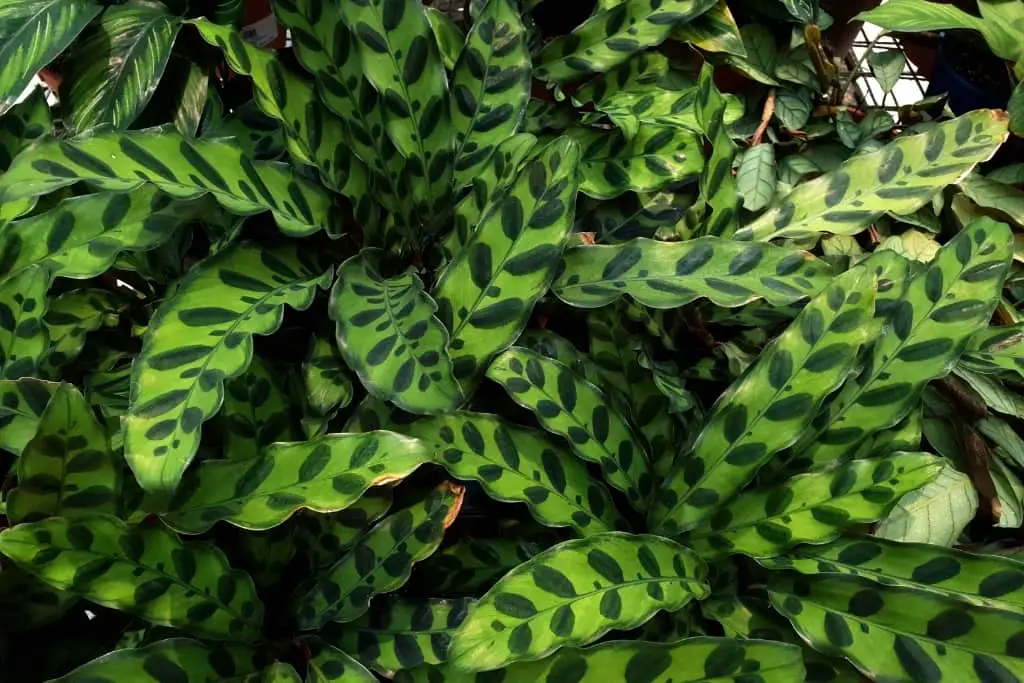
Rattlesnake plant’s striking leaves feature bold patterns, wavy edges, and reddish-purple undersides. This eye-catching plant does best in low-to-medium indirect light. Rattlesnake plant’s care is also less demanding than many other calatheas.
Sago palm (Cycas revoluta)
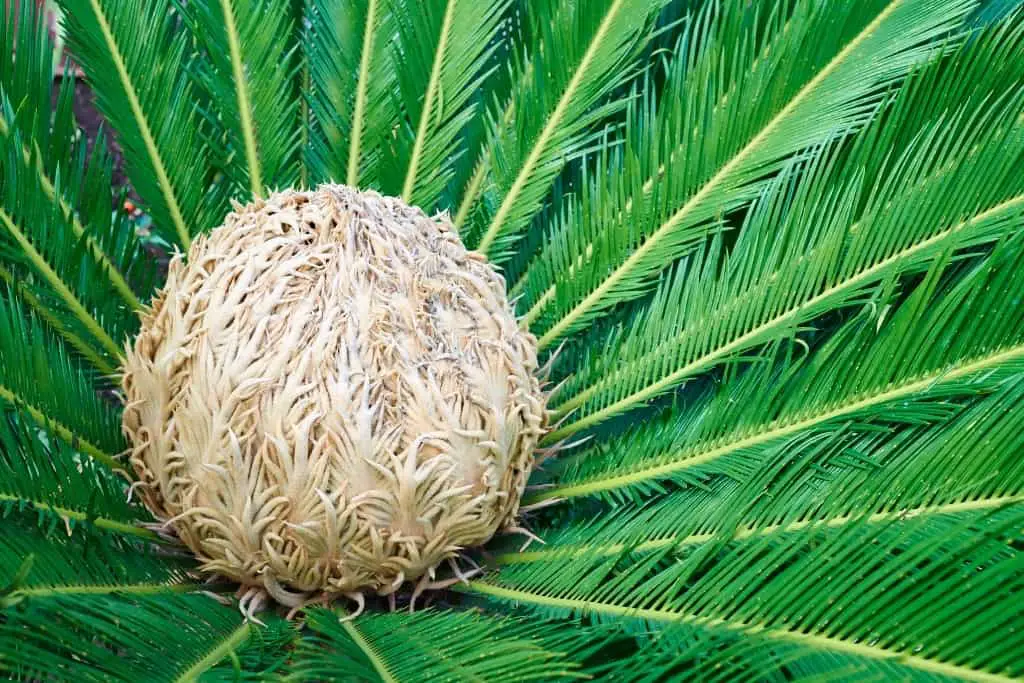
This easygoing cycad is actually a prehistoric plant! Now often grown indoors, sago palm makes a low-maintenance houseplant. It does prefer bright indirect light, but can survive in low light conditions.
However, if you’re a cat owner with pets that nibble on plants, be aware that sago palm is highly toxic to cats.
Read more: 15 Houseplants That Are Toxic to Cats
Snake plant (Dracaena or Sansevieria trifasciata)
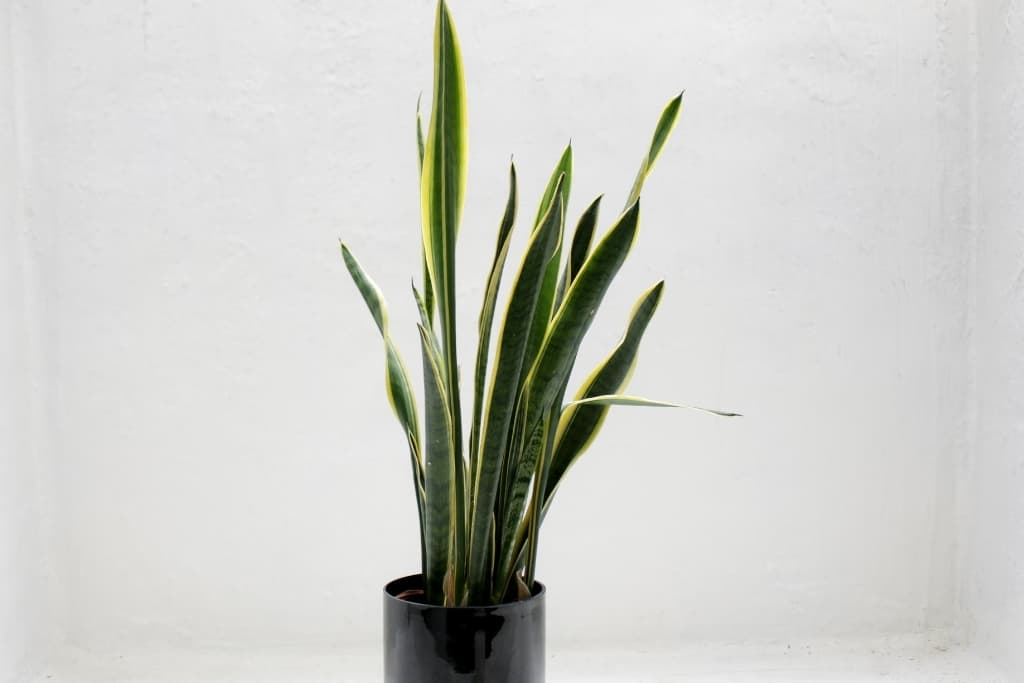
Snake plant, a sturdy upright houseplant with a striking appearance, is also sometimes called mother-in-law’s tongue. Your snake plant can grow in a low light area of your home, but be extra-careful not to overwater it in lower-light conditions.
Spider plant (Chlorophytum comosum)
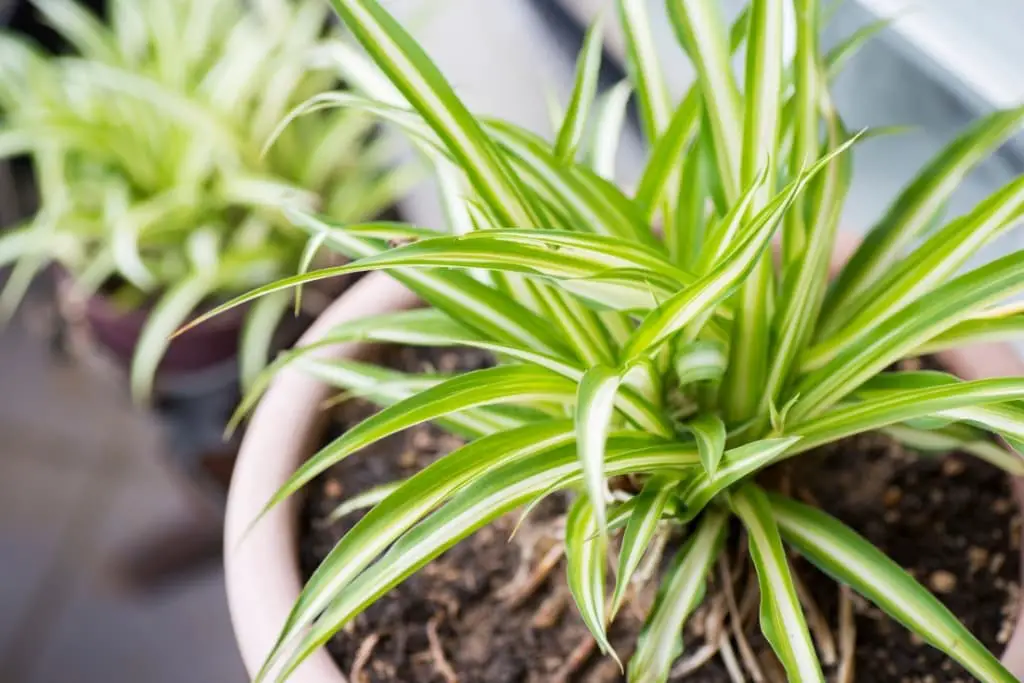
Spider plants have long been a popular houseplant due to their easy care (and the cute little spiderettes they produce!). These adaptable plants thrive in bright indirect light, but can also grow in low light. Variegated spider plants, like many houseplants, will lose their variegation in low light conditions.
Staghorn fern (Platycerium)
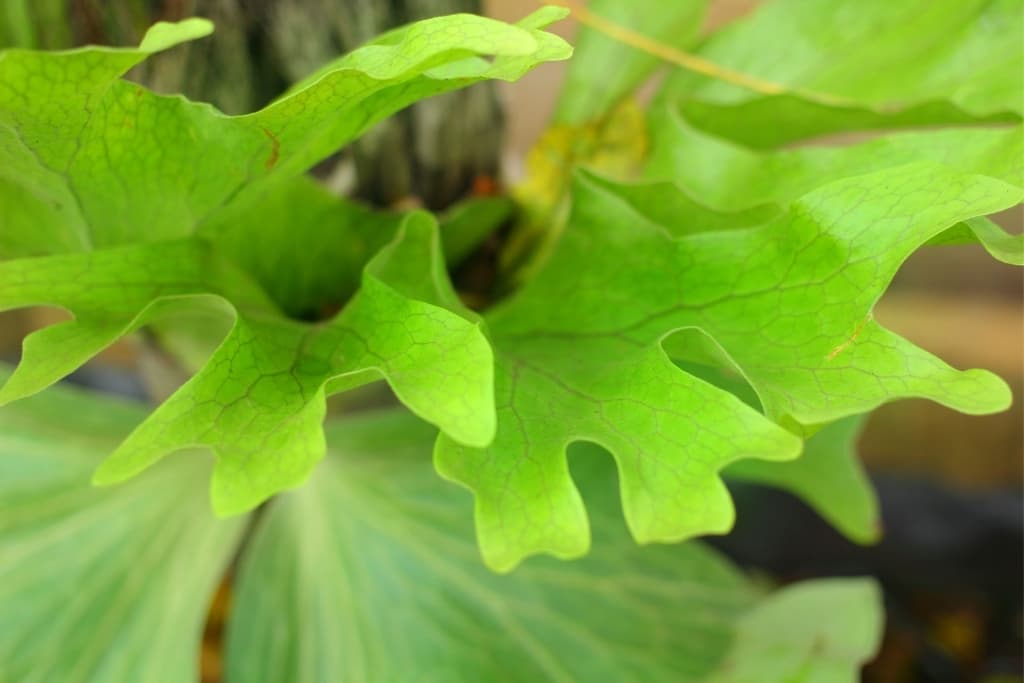
Staghorn ferns feature interestingly-shaped leaves—they resemble deer or elk antlers, hence the name! These epiphytic plants are native to Australia, where they grow attached to trees under the rainforest canopy. Staghorn ferns do need some filtered sunlight, so they’re not the best choice for a room with only artificial light.
Swedish ivy (Plectranthus verticillatus)
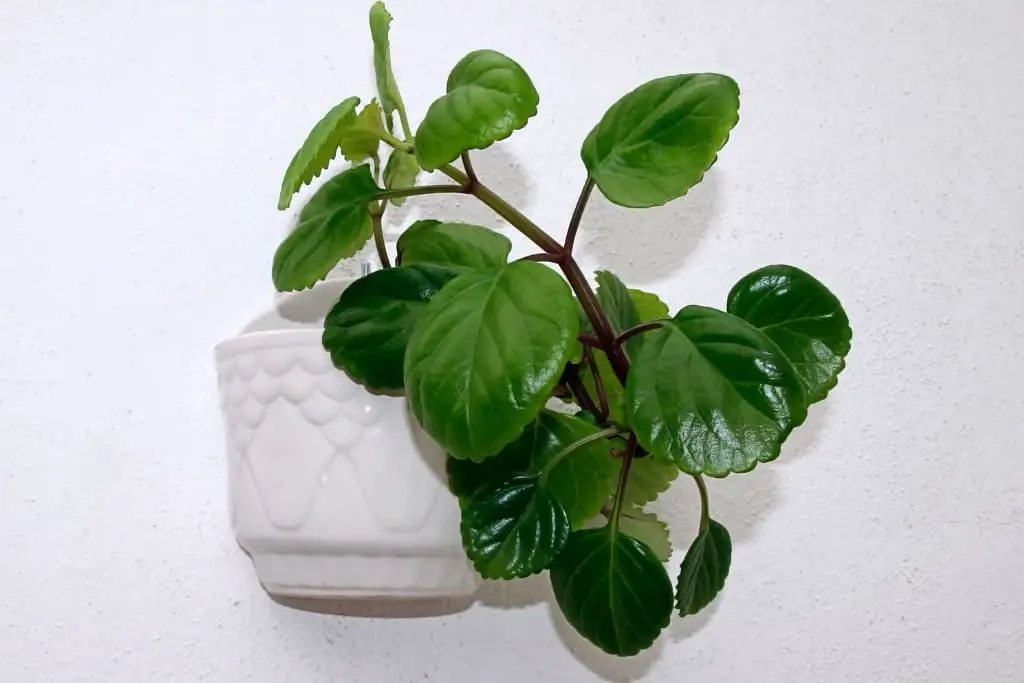
Swedish ivy’s glossy round leaves and trailing foliage look great in a hanging basket or perched atop a high stand. This low-maintenance houseplant does best in medium indirect light, but can still grow well in lower light conditions.
Wax plant (Hoya carnosa)
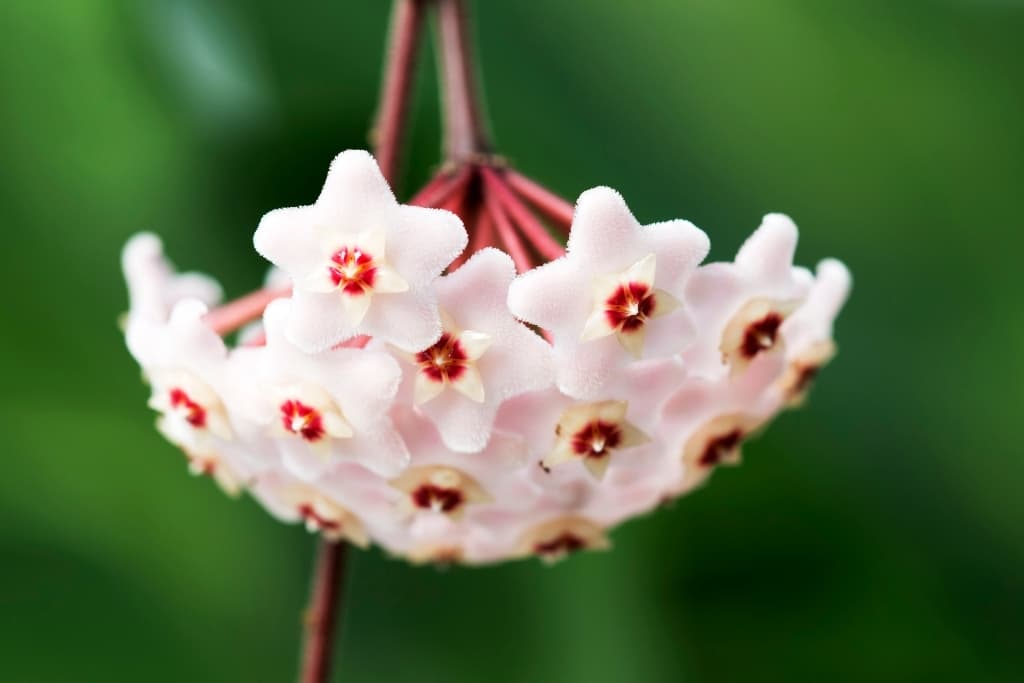
Wax plant, a hoya variety that occasionally produces fragrant clusters of star-shaped flowers, can be trained up a stake or left to trail over the edge of its pot. Hoya does best in bright indirect light, but can fare almost as well in lower light conditions.
Weeping fig tree (Ficus benjamina)
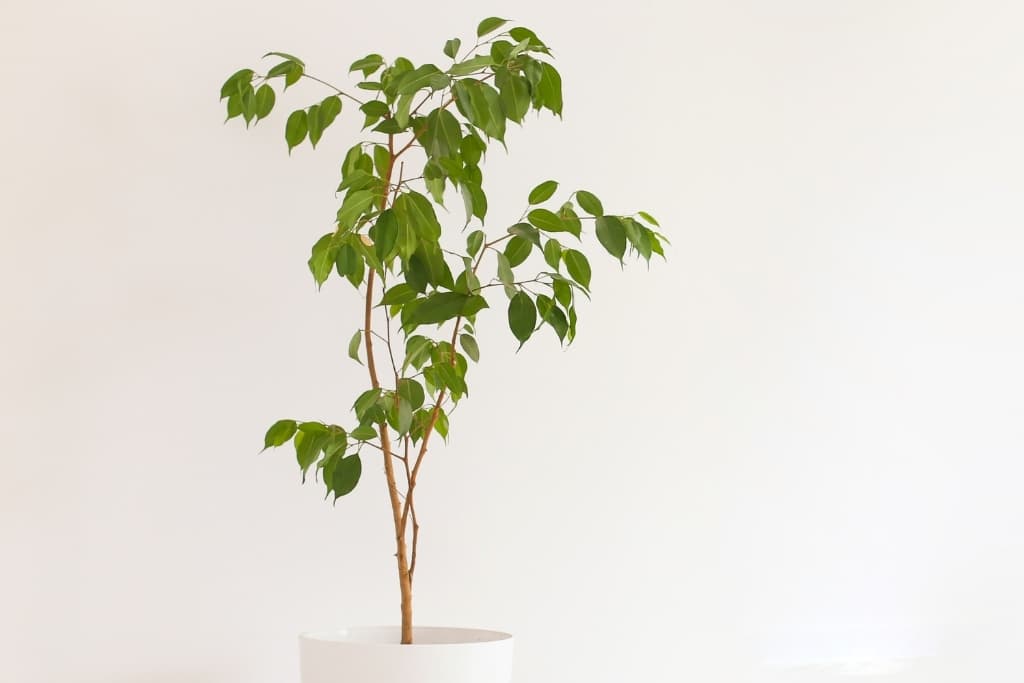
The ficus tree or weeping fig has been a popular indoor shrub for decades. Weeping figs thrive in indirect bright light, but some varieties can do well in lower light conditions. The wintergreen and benjamina varieties are among the best choices for a low light ficus. Situate your tree in the best light you can find in your darker room, as ficus often drop leaves if you change their location.
ZZ plant (Zamioculcas zamiifolia)
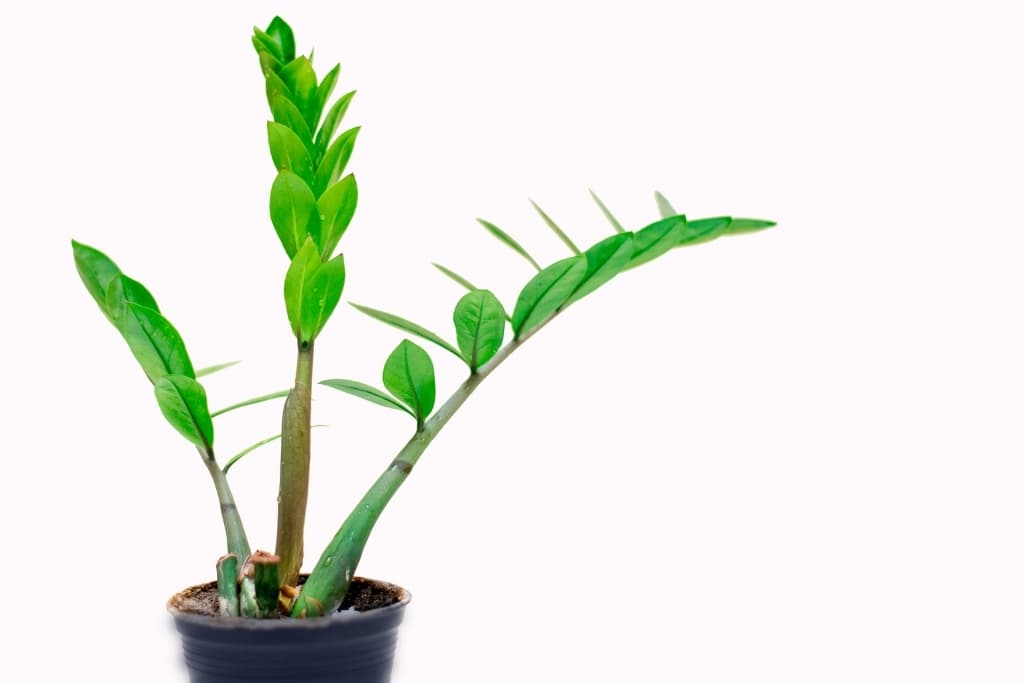
One of the most popular houseplants for low light, the low-maintenance ZZ plant is an easy pick for beginner plant parents. Its thick, waxy green leaves add interest to any décor. ZZ plants grow best in medium to bright indirect light, but they can also survive in low light or even under fluorescent lighting—they’ll just grow a bit more slowly.
Tip: Do you have a room that gets no light, but you really want to keep a houseplant there? Buy two of the same low-light plant! Put one in your dark room, and the other in indirect sunlight. Every week or two, switch the plants.
Pin this to save for later!
You may also like:
- 11 Easy Houseplants for Beginners
- Inspirational Houseplant Quotes (With Photos)
- Best Plant Subscription Boxes
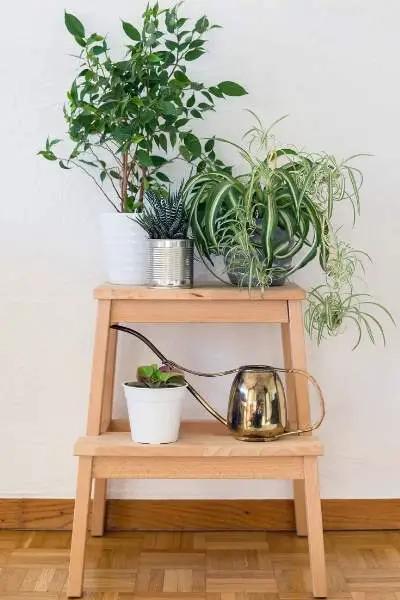
GET A FREE PLANT CARE TRACKER!
Sign up for the Leafy Little Home newsletter, where we share plant tips and inspiration to turn your space into a green oasis. Plus, we'll send you a handy printable Plant Care Tracker, absolutely free!
By signing up you agree to receive the Leafy Little Home newsletter. Unsubscribe at any time.
Which are your favorite houseplants for low light? Have you tried any of these plants in your home? Let me know in the comments below!
